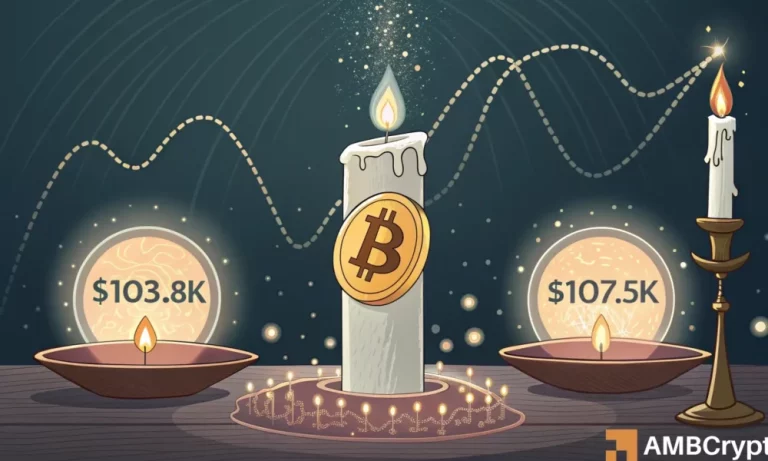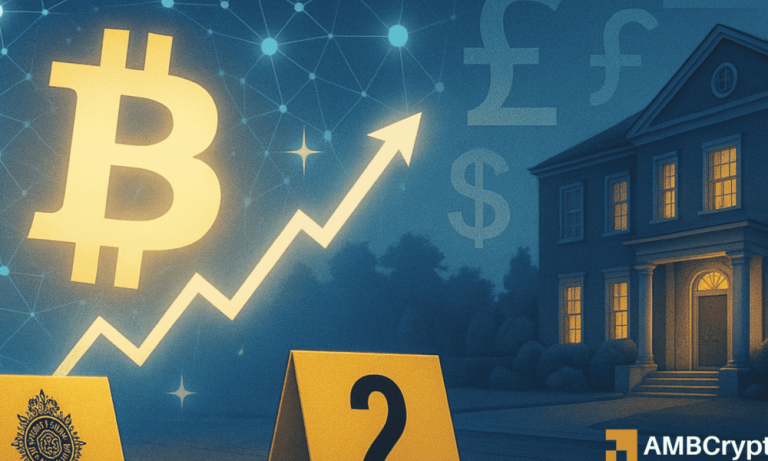Uniswap’s UNIfication Proposal: A Milestone or Red Flag?
The cryptocurrency market is abuzz with insights following the announcement of Uniswap’s groundbreaking “UNIfication” proposal. This ambitious shift activates protocol fees for the first time in the platform’s five-year history, significantly altering the project’s economics. But amidst the excitement, some whale activities have raised critical questions about the motives behind these market movements.
The Price Surge: What is UNIfication?
Uniswap’s native token, $UNI, experienced a dramatic 44% price surge within 24 hours of the announcement. Founder Hayden Adams confirmed that the proposal integrates several revolutionary features, including activating protocol fees, retroactively burning 100 million tokens, and merging Uniswap Labs with the Foundation. The proposed changes aim to bring long-term value to token holders while ensuring a more sustainable ecosystem.
A key part of the proposal is the deflationary mechanism, which captures a percentage of liquidity provider fees and burns UNI tokens. This development aims to incentivize holding by reducing the overall supply.
Whale Behavior: Cause for Concern?
However, as retail traders celebrated the bullish momentum, blockchain data revealed unusual whale activities. A known 2020-era investor dumped $75 million in UNI during the hype, raising eyebrows. This whale controlled wallets seeded from Uniswap’s original 2020 investor contract, strategically funneling 36 million tokens into Coinbase shortly after the announcement.
Critics within the cryptocurrency community flagged this pattern as “distribution disguised as a bull run,” suggesting coordinated exits by insiders. Lookonchain later discovered more suspicious movements, where another long-term holder transferred $15 million worth of UNI to Binance just as prices peaked, even taking losses to exit the market.
Changing Dynamics for Liquidity Providers
The UNIfication proposal shifts how liquidity providers and token holders interact with the platform. For instance, under the new model, the protocol captures 16.7%-25% of liquidity provider fees on v3 pools and 0.05% on v2 pools. These fees are burned to increase the token’s scarcity, and the one-time burn of 100 million tokens further amplifies this deflationary effect.
Despite these changes, some analysts warn about potential risks, including the impact of fee capture on liquidity providers. Critics argue this could discourage participation over time, potentially resulting in what they term a “death spiral.” Additionally, concerns about centralization have emerged from the Labs-Foundation merger, which places significant control in the hands of a five-person board led by Adams.
Conclusion: What’s Next for UNI?
The UNIfication proposal represents a drastic shift in Uniswap’s structure and strategy, aiming to realign the platform towards rewarding long-term token holders. While the concept is ambitious, the suspicious whale activity has sparked debates over fairness and transparency in the market.
For retail investors keen to participate in this evolving space, it’s vital to stay informed and cautious. One way to navigate the volatile crypto landscape is by investing in tools that monitor wallet transactions. For example, Ledger offers secure cryptocurrency wallets, helping you better manage and monitor your assets.
As the industry evolves, only time will tell whether Uniswap’s UNIfication marks the beginning of a sustainable future or raises further challenges around decentralization and liquidity provision.





